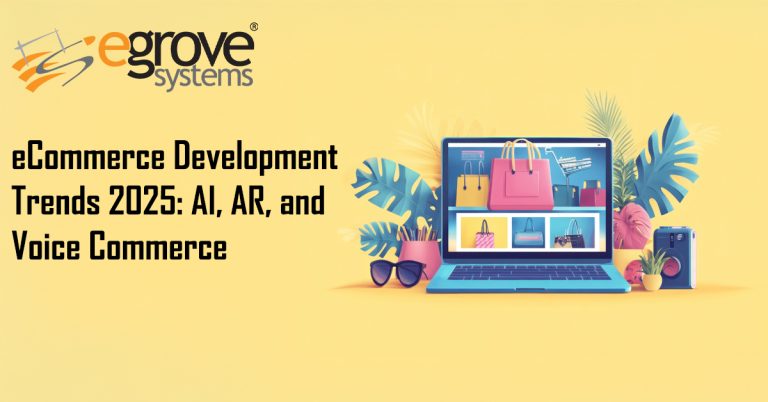Online shipping fulfilment has rushed toward ambitious goals of shipping times of two days or less, but the coronavirus pandemic has reversed the trend of faster shipping dramatically. Disruptions in the supply chain caused by the virus created delays in production, while stay-at-home orders resulted in an increase in demand for home delivery.
There have been especially significant obstacles in delivering large products such as appliances and furniture, and even as the industry adjusts to the new conditions, delays and unpredictable may still impact the fulfilment of larger goods.
The Peak of Shipping Delays
When stay-at-home orders began in March, eCommerce sales skyrocketed as consumers were unable to visit stores while also having an urgent need for products to help them get by during the unexpected time spent at home. From March through mid-April, eCommerce sales in the U.S. were up by 30% for all types of products according to Rakuten Intelligence. While this trend is abating, eMarketer forecasted an 18% increase in online sales for the whole year even as retail is expected to fall overall.
In March and April, Amazon was unable to deliver on its promised 2-day Prime shipping and other shipping options were similarly delayed as its facilities and vehicles were overwhelmed. Official delivery times were as long as a month while in other cases, deliveries arrived days or weeks after the listed date. Other eCommerce platforms, as well as retail stores, were impacted by the same limitations.
How Large Items Are Affected
Large items like appliances are not usually able to be kept in inventory or in fulfilment centres, creating additional steps to get them to the consumer. As reported by Digital Commerce 360, the fulfilment technology firm Convey found that fulfilment times for large freight items increased 433% in April, going from an average of 14.1 hours to 75.2 hours. Any disruption in the supply chain, whether closure of a facility, employee illness, or changes in procedure to introduce new health and safety protocols, can cause a delay that snowballs into stores being unable to reliably deliver on time.
At the other end of the supply chain, large appliances or furniture items may also require specialized delivery and installation, meaning that business can’t scale in response to additional demand in the way that UPS, FedEx, and Amazon have rapidly expanded their fleet of drivers. Customers who are at home may have more availability for 2-hour delivery windows where they can receive the item, but they also may have concerns about allowing delivery personnel inside due to fears of COVID-19.
Read also: Globalized vs Localized eCommerce Marketing Strategies
What Solutions Are Coming?
Better use of curbside pickup at stores may be a solution for large products that don’t have special installation requirements. Customers can save money on delivery fees this way. Many stores are introducing or emphasizing curbside pickup at their stores during this time. Ikea, for instance, has promoted its ‘Click & Collect’ service for online ordering with curbside pickup, and other stores such as Walmart, Home Depot, Lowe’s, and Best Buy have done the same.
After several months, production centres heavily impacted by the pandemic such as China have returned to previous levels of output and supply chains have been able to catch up. Delivery of larger products may still be disproportionately slowed due to the increased demand and adjustment to the requirements of safe in-person interaction with delivery personnel.
Moving forward, companies should study this experience and prepare to address customer concerns in situations when delays are inevitable. Most importantly, businesses need to stay on top of orders and communicate any delays with a full apology, as Ikea did in April, and use their web presence to keep their storefronts up-to-date so customers know which stores have reopened delivery services and where the curbside pickup is supported. More transparency and sales interaction can provide reasonable expectations for delivery times and avoid disappointing customers.








nice blog
its help to understand COVID-19 impacts globally